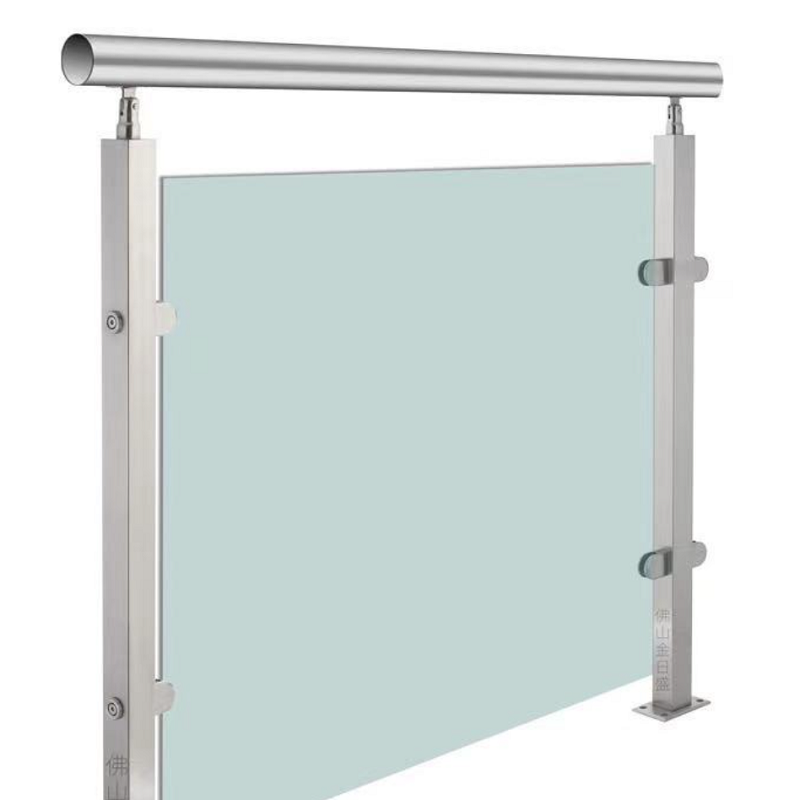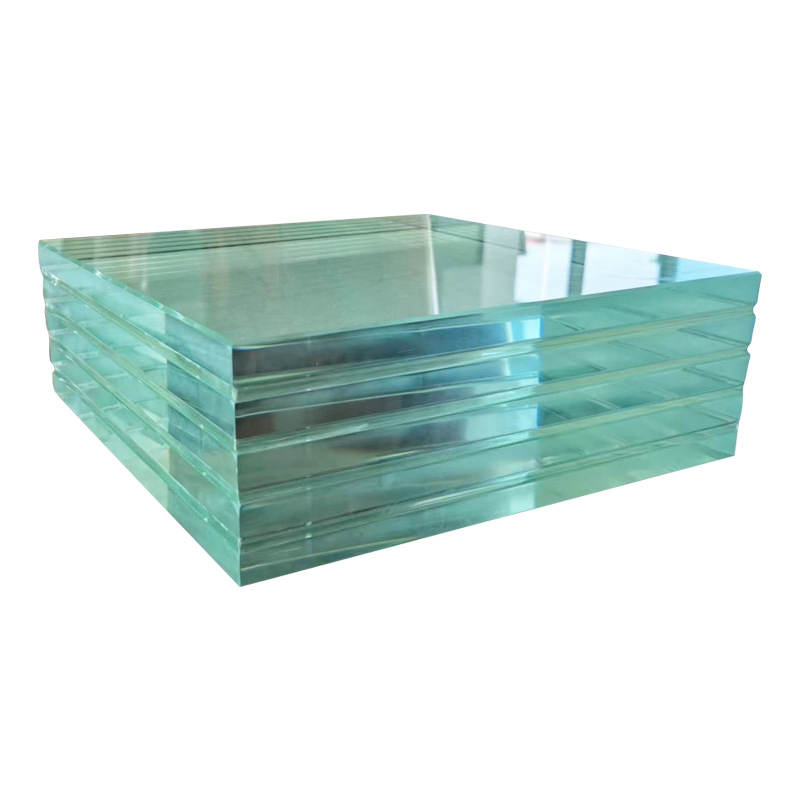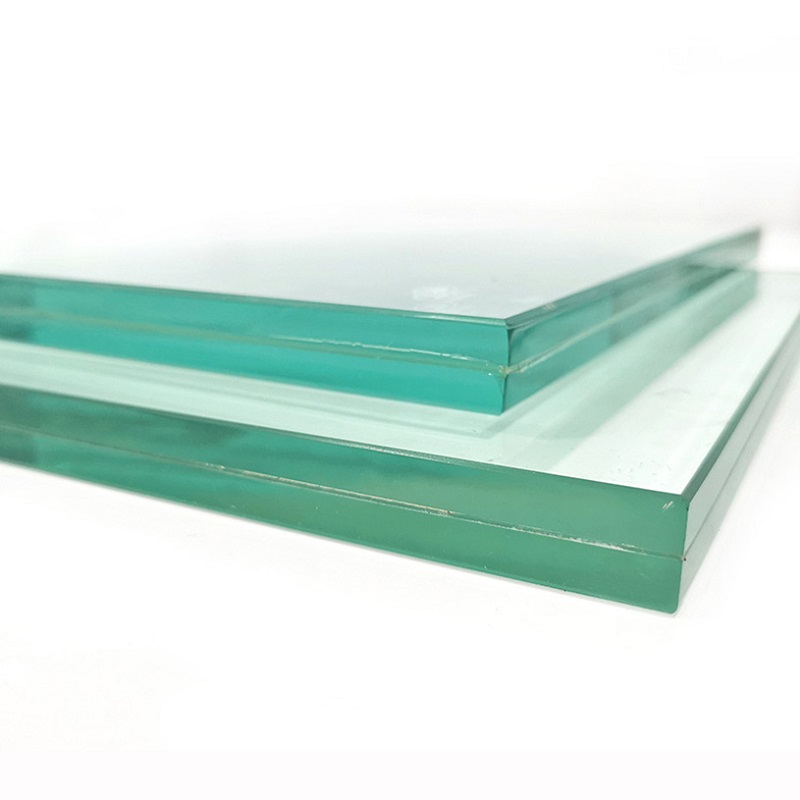In modern architecture and design, glass is used not only for its transparency but also for its diverse applications in terms of functionality, safety, and aesthetics. Bent tempered glass and hot bent glass are two common types of curved glass, frequently used in different architectural and decorative scenarios.
But what are the key differences between these two types of glass? And what are their ideal application areas? In this blog, we will explore these questions in depth.
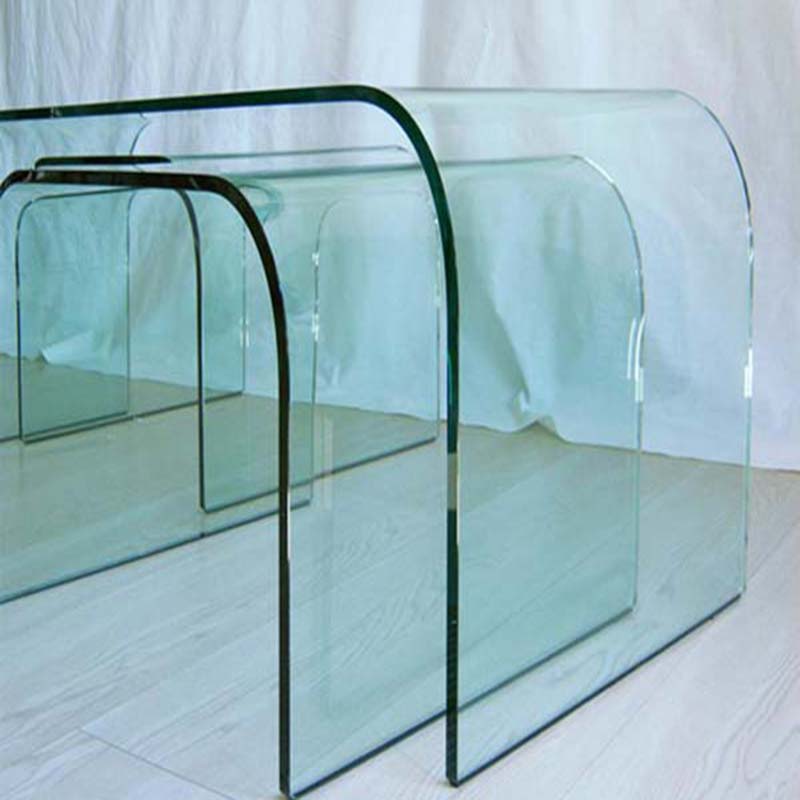
1.Manufacturing Processes
The most significant difference between bent tempered glass and hot bent glass lies in the tempering process.
Bent tempered glass, also known as curved tempered glass, is produced by heating flat glass to a softening point, bending it using a mold, and then rapidly cooling it. This rapid cooling, known as tempering, induces compressive stress on the surface of the glass and tensile stress inside, giving it the characteristics of tempered glass. This process not only makes the glass exceptionally strong but also enhances its impact resistance.
In contrast, hot bent glass involves heating flat glass to a softening point, bending it with a mold, but without undergoing the tempering process. The focus here is on shaping the glass and creating aesthetic designs rather than enhancing its physical properties. As a result, hot bent glass has a strength similar to that of ordinary glass and does not undergo reinforcement.
2. Physical Properties: Strength and Safety
The most prominent feature of bent tempered glass is its strength and safety. Due to the tempering process, it is typically 4-5 times stronger than ordinary glass, allowing it to withstand significant impacts and pressure. This makes it an ideal choice for exterior walls, curtain walls, and windows of high-rise buildings. Additionally, when bent tempered glass breaks, it shatters into small, blunt pieces, greatly reducing the risk of injury.
On the other hand, hot bent glass does not experience a significant increase in strength, and its physical properties remain close to ordinary glass. When broken, hot bent glass tends to form large, sharp fragments, which means it is less safe than bent tempered glass. However, the major advantage of hot bent glass lies in its design flexibility. It can be shaped freely using molds, making it a popular choice in artistic installations and interior designs.
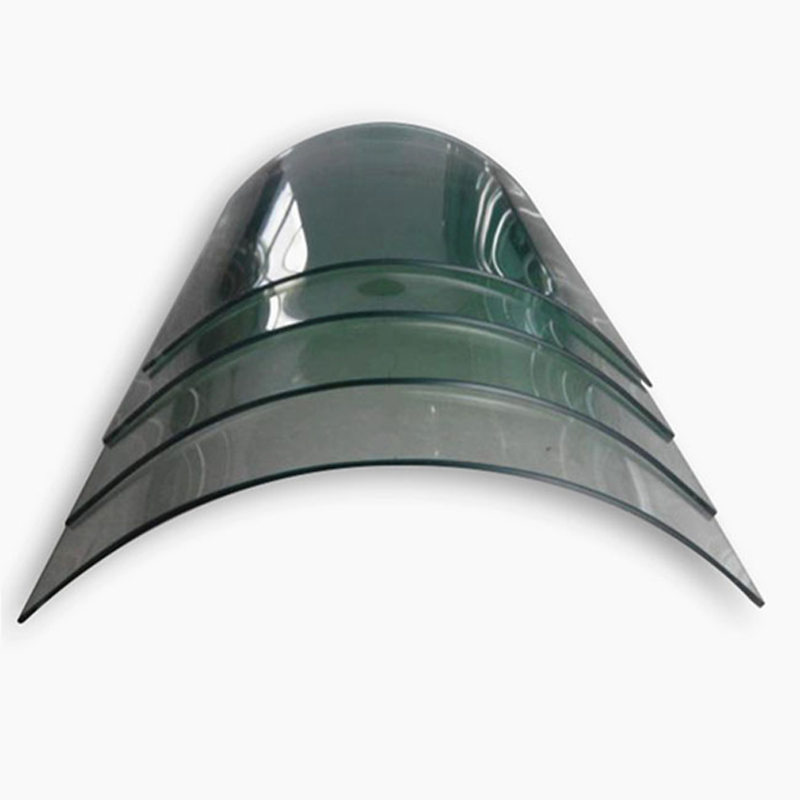
3. Application Scenarios
Given the differences in their performance and appearance, the application scenarios for bent tempered glass and hot bent glass also differ.
Bent tempered glass, due to its strength and safety, is commonly used in high-strength structural applications, such as:
Exterior facades and curtain walls
Windows and balcony railings in high-rise buildings
Partitions and stair railings in public spaces
These settings not only demand an aesthetically pleasing appearance but also require the glass to withstand high wind pressure, impacts, and other forces to ensure stability and safety.
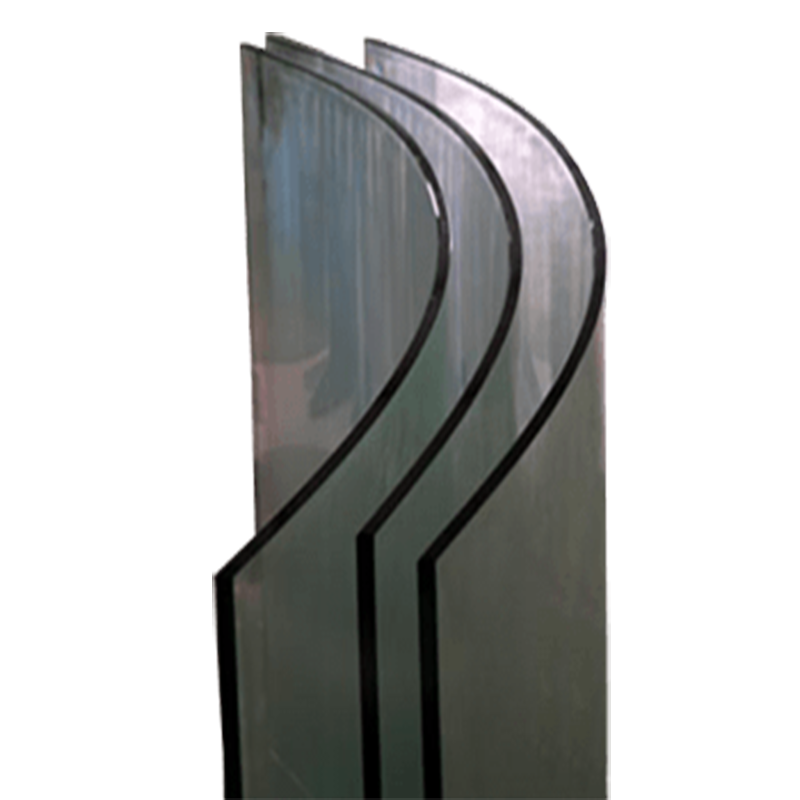
Hot bent glass, on the other hand, is more commonly found in areas where unique shapes and artistic designs are the main focus, such as:
Interior partitions and screens
Display cases in exhibition halls and shopping malls
Furniture design, such as coffee tables and bookshelves
Decorative curved walls in high-end architecture
In these cases, the emphasis is not on strength but rather on creative design and aesthetics.
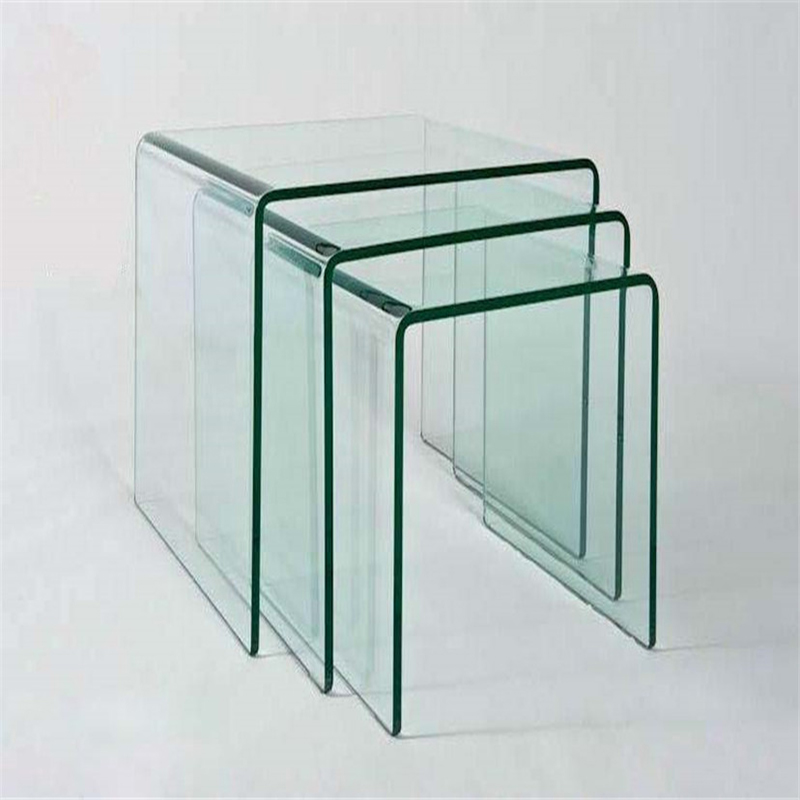
4. How to Choose the Right Glass?
When choosing between bent tempered glass and hot bent glass, it’s essential to identify the specific needs of your project. If the project involves exterior facades, high-pressure conditions, or safety concerns, bent tempered glass is undoubtedly the better choice. It offers superior structural support and minimizes injury risk if broken.
However, if the project prioritizes artistic expression and design flexibility, such as interior decoration or furniture, hot bent glass is the ideal solution due to its ability to create complex, curved designs with high visual impact.
5. Conclusion
Bent tempered glass and hot bent glass play different roles in modern architecture, each with its unique advantages and areas of application. The former emphasizes strength, safety, and durability, making it ideal for high-performance environments, while the latter is a designer's tool for achieving complex curved shapes and distinct visual effects.
As architectural and design trends increasingly favor personalized and functional spaces, understanding the differences and characteristics of these glass types can help ensure the best choices are made for each specific project.


